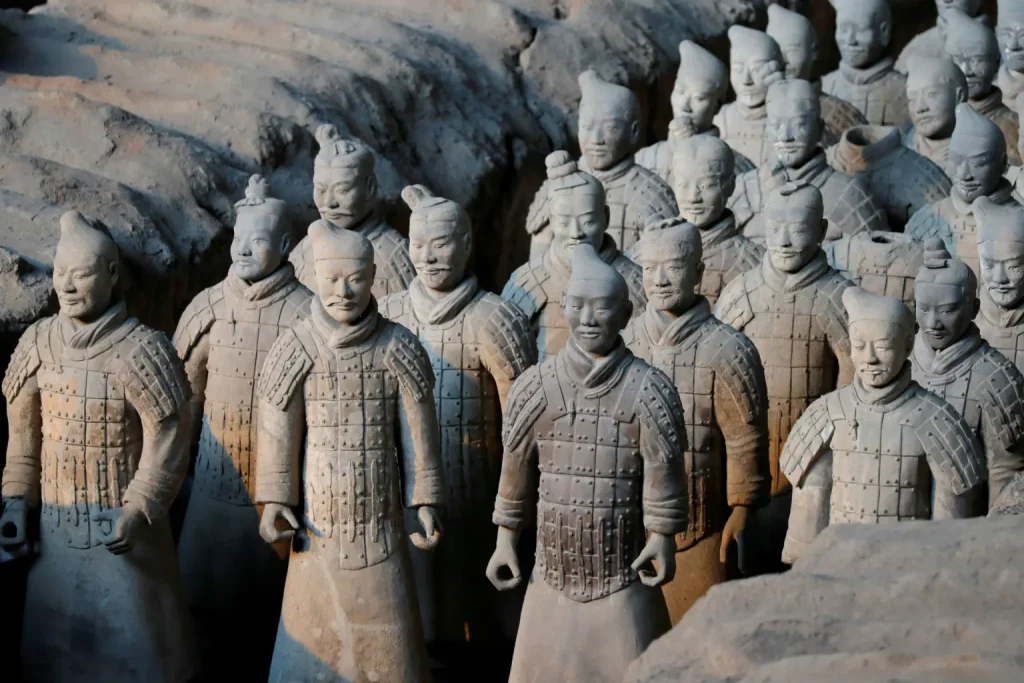Archaeology serves as a gateway to understanding human history, offering insights into ancient civilizations, their cultures, and their ways of life. Through meticulous excavation and analysis, archaeologists uncover artifacts and structures that reveal secrets of the past. This article explores some of the most significant archaeological discoveries that have profoundly impacted our understanding of history and culture.

The Rosetta Stone
One of the most famous archaeological discoveries is the Rosetta Stone, uncovered in 1799 by French soldiers during Napoleon’s Egyptian campaign. The stone, inscribed with a decree issued in 196 BCE, features three scripts: Greek, Demotic, and Egyptian hieroglyphs. The Greek inscription provided the key to deciphering Egyptian hieroglyphs, a language that had been undecipherable for centuries. Jean-François Champollion’s successful translation of the hieroglyphs in the 1820s opened the door to understanding ancient Egyptian civilization, leading to the deciphering of countless other inscriptions and texts.
The Tomb of Tutankhamun
The discovery of King Tutankhamun’s tomb in 1922 by British archaeologist Howard Carter in the Valley of the Kings was one of the most significant finds in Egyptian archaeology. The tomb, largely intact and filled with a wealth of artifacts, offered an unprecedented glimpse into the life and death of an ancient Egyptian pharaoh. Among the treasures found were the famous golden death mask, chariots, jewelry, and numerous ceremonial items. The discovery not only illuminated the opulence of Egyptian royal burials but also sparked renewed interest in Egyptology.
Pompeii and Herculaneum
The ancient cities of Pompeii and Herculaneum, buried under volcanic ash and pumice after the eruption of Mount Vesuvius in 79 CE, were rediscovered in the 18th century. The preservation of these cities under layers of ash provided an extraordinary snapshot of Roman life frozen in time. Excavations revealed well-preserved buildings, frescoes, mosaics, and everyday items that offer a detailed picture of Roman urban life, social structures, and daily activities. The findings have provided invaluable insights into the art, architecture, and daily life of the Roman Empire.
The Terracotta Army
In 1974, farmers in Xi’an, China, stumbled upon an immense underground army of life-sized clay soldiers, known as the Terracotta Army, buried near the tomb of Qin Shi Huang, the first Emperor of China. The army consists of thousands of individual soldiers, horses, and chariots, each uniquely detailed. The discovery, which dates back to around 210-209 BCE, revealed the elaborate funerary practices of the Qin dynasty and the emperor’s belief in the afterlife. The Terracotta Army is a testament to ancient China’s artistic and military prowess.

Machu Picchu
Machu Picchu, an ancient Incan city located in the Peruvian Andes, was brought to international attention by American historian Hiram Bingham in 1911. The site, abandoned in the 16th century during the Spanish Conquest, was remarkably well-preserved and offers a glimpse into Incan urban planning and architecture. With its terraced fields, sophisticated water management systems, and stone structures, Machu Picchu exemplifies the Inca civilization’s advanced engineering and agricultural practices. It remains one of the most visited and studied archaeological sites in the world.
The Dead Sea Scrolls
The Dead Sea Scrolls were discovered between 1947 and 1956 in caves near the Dead Sea. These ancient manuscripts, written between the 3rd century BCE and the 1st century CE, include texts from the Hebrew Bible and other Jewish writings. The scrolls are crucial for understanding the development of the Hebrew Bible, the Second Temple Judaism period, and early Christian origins. The discovery provided scholars with invaluable textual and historical information, contributing significantly to biblical studies and the study of ancient Judaism.
The Indus Valley Civilization
In the 1920s, archaeologists excavating the Indus Valley sites of Harappa and Mohenjo-Daro in present-day Pakistan and India uncovered a sophisticated ancient civilization that flourished around 2500-1900 BCE. The Indus Valley Civilization, notable for its well-planned cities, advanced drainage systems, and standardized weights and measures, was one of the world’s earliest urban societies. Artifacts, including seals, pottery, and figurines, offer insights into the social organization, trade, and daily life of this enigmatic civilization.
The Nazca Lines
The Nazca Lines, a series of large geoglyphs etched into the desert floor in southern Peru, were discovered in the 1920s. The lines, which depict various shapes, including animals and geometric patterns, are believed to have been created by the Nazca culture between 200 BCE and 600 CE. The purpose of these massive artworks remains a subject of debate, with theories ranging from astronomical or calendrical functions to religious or ritualistic significance. The discovery has provided insights into the artistic and possibly astronomical practices of the Nazca people.

Conclusion
Significant archaeological discoveries provide a window into the past, offering profound insights into ancient civilizations, their cultures, and their contributions to human history. From the deciphering of ancient scripts to the unearthing of buried cities and monumental sculptures, these discoveries have deepened our understanding of historical societies and their achievements. As archaeological methods and technologies continue to advance, future discoveries will undoubtedly continue to illuminate the rich tapestry of human history and our shared heritage.